In the ever-evolving landscape of hip-hop music, experimental beats have emerged as a groundbreaking innovation, reshaping the genre’s sound and dynamics. These unique compositions often stand apart from traditional tracks due to their unconventional instrumentation, layered textures, and bold creative visions. From the earliest influences of avant-garde sounds to modern producers pushing boundaries, experimental beats in hip-hop continue to redefine the genre’s identity. This article delves into what makes these beats so distinctive, exploring the diverse tools and techniques that set them apart, and examining their profound impact on hip-hop culture. Whether you’re a seasoned fan or a curious newcomer, discover how experimental beats are not just redefining music—they’re reimagining the future of hip-hop itself.
Key Takeaways
– Experimental Beats Transform Hip-Hop Sound: These innovative beats push boundaries, introducing unique sounds that redefine the genre’s identity.
– Diverse Genre Blending: They fuse styles like jazz, funk, and electronic, expanding hip-hop’s artistic possibilities and appealing to a broader audience.
– Fostering Creativity: By challenging traditional norms, experimental beats encourage artists to think outside the box, leading to groundbreaking productions.
– Community Building: Platforms like Abstract Hip Hop showcase these beats, fostering a community of artists who embrace creative risks.
– Influence on Music Consumption: Producers now use platforms like Bandcamp to share their work, connecting directly with fans and further driving genre evolution.
– Cultural Richness: Experimental beats contribute to a vibrant, diverse hip-hop culture, enriching its historical legacy and inspiring future generations.

What Makes Experimental Beats in Hip-Hop Stand Out?
Experimental beats in hip-hop are defined by their innovation, genre-blending, and boundary-pushing approaches. Here’s what sets them apart:
- Innovative Production Techniques: Experimental producers often push the boundaries of sound design, incorporating unconventional instruments, effects, and recording techniques. This creates a forward-thinking vibe that separates them from traditional hip-hop production.
- Genre Fusion: These beats draw inspiration from diverse genres like jazz, funk, electronic, and even classical music, resulting in a unique sonic tapestry that defies conventional categories.
- Emotional Depth: Experimental beats often carry a deeper emotional weight, utilizing intricate layering and textures to evoke complex feelings beyond typical hip-hop tracks.
- Avant-Garde Influences: Many experimental beats incorporate elements from avant-garde music, pushing the boundaries of rhythm and melody in ways that challenge traditional structures.
These characteristics make experimental hip-hop a dynamic and evolving art form, continually redefining what the genre can be. To dive deeper, visit AbstractHipHop.com for exclusive coverage of the scene and its cutting-edge productions.
What Makes Experimental Beats in Hip-Hop Stand Out
Experimental beats in hip-hop are defined by their bold approach to music production, pushing boundaries and redefining traditional structures. Here’s what sets them apart:
- Unconventional Production Techniques: Experimental producers often discard typical drum patterns and loops, opting instead for intricate, layered textures. They might manipulate samples, pitch-shift sounds, or use advanced software to create surreal sonic landscapes.
- Genre Blending: These beats frequently fuse hip-hop with eclectic genres like jazz, electronic, funk, or even classical, resulting in a sound that feels both familiar and groundbreaking.
- Modern Tools and Technology: Producers leverage cutting-edge tools like synthesizers, plug-ins, and DAWs to craft dense, multi-layered tracks that wouldn’t be possible with traditional instrumentation alone.
- Complex Rhythms and Dynamics: The rhythms in experimental beats are often unpredictable, shifting tempo, swing, and groove mid-track to keep listeners engaged.
- Incorporation of Live Instruments: Many experimental tracks feature live instrumentation, adding organic warmth and depth that can’t be replicated with samples alone.
- Collaborations with Non-Traditional Artists: These beats often bring in guest artists from diverse backgrounds, whether it’s a jazz musician or an electronic producer, pushing the track further musically and conceptually.
- Emotional and Thematic Depth: Unlike traditional tracks, experimental beats often tell stories or evoke strong emotions through their intricate arrangements and unconventional melodies.
These elements combine to create a listening experience that feels innovative, thought-provoking, and boundary-pushing, setting experimental hip-hop apart from the pack while still maintaining its core essence as a powerful art form.
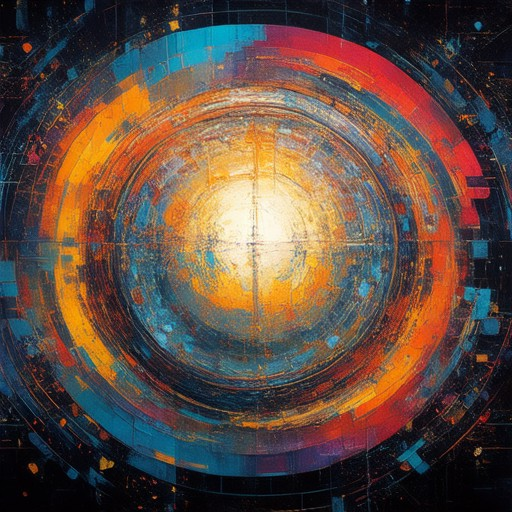
What Sets Experimental Beats in Hip-Hop Apart?
Experimental beats in hip-hop are defined by their departure from conventional structures and sounds, incorporating a wide array of influences and techniques that distinguish them from traditional hip-hop tracks. Here’s a breakdown of what makes them unique:
- Diverse Influences :
Experimental beats often draw from various musical genres, including jazz, funk, electronic, and even classical. This eclectic approach allows producers to create sounds that are both unfamiliar and captivating, breaking away from the typical trap or drill beats that dominate mainstream hip-hop. - Unconventional Structures :
Unlike traditional hip-hop tracks, which usually follow a verse-chorus-verse-chorus structure, experimental beats may have more irregular song structures. This can include extended instrumental sections, free-form rhymes, or non-traditional vocal deliveries, creating a more fluid and unpredictable listening experience. - Innovative Sampling Techniques :
Producers often use unconventional sampling methods, layering sounds in ways that traditional hip-hop doesn’t. This can involve manipulating vinyl records, using field recordings, or blending rare audio snippets to craft unique textures. - Artistic Expression :
Experimental beats provide a canvas for artists to express themselves more freely. With less reliance on established patterns, emcees and musicians can explore deeper themes, storytelling, and emotional ranges, resulting in more introspective and boundary-pushing performances. - Cinematic Soundscapes :
The use of live instrumentation, ambient sounds, and intricate layering creates a cinematic quality in experimental hip-hop. This approach often leads to tracks that feel more like soundscapes than just beats, offering a multi-dimensional auditory experience. - Community and Culture :
The experimental hip-hop scene thrives on innovation and creativity, fostering a culture where artists feel encouraged to push boundaries. This mindset has led to the development of subgenres like lo-fi, beat tape, and glitch hop, further diversifying the landscape.
In essence, experimental beats in hip-hop redefine what the genre can be, offering listeners a broader spectrum of sounds, structures, and creative possibilities. This approach not only challenges conventions but also opens doors for new forms of artistic expression within the music.
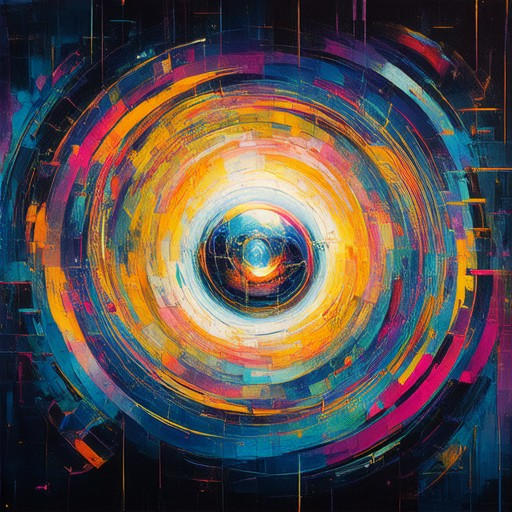
How Do Experimental Beats Influence the Evolution of Hip Hop Music?
Experimental beats have played a pivotal role in shaping the evolution of hip-hop music, pushing boundaries and redefining the genre’s sound. These beats often challenge traditional structures, incorporating unconventional instruments, unique production techniques, and innovative sampling methods.
One of the most significant impacts of experimental beats is their ability to blur the lines between genres. Artists like J Dilla and Kanye West have embraced this approach, creating music that draws from jazz, funk, electronic, and even classical influences. This fusion has allowed hip-hop to evolve into a more diverse and dynamic art form.
Another key aspect is the emphasis on originality and creativity. Experimental beats often require artists to think outside the box, experimenting with sounds that haven’t been heard before. This mindset has led to groundbreaking tracks that set new standards for production quality in the genre.
These beats have also inspired a new generation of producers and musicians. Platforms like Abstract Hip Hop highlight the work of artists who push creative boundaries, showcasing the endless possibilities of hip-hop as a medium. This has fostered a thriving community of musicians who are willing to take risks and explore uncharted territories.
Moreover, experimental beats have influenced the way music is consumed and shared. Many producers now turn to platforms like Bandcamp and UGHH to showcase their work, connecting directly with fans and fellow musicians. This democratization of music creation has further fueled the genre’s growth and innovation.
In summary, experimental beats have not only transformed the sound of hip-hop but have also enriched its cultural landscape. By embracing diversity and pushing creative limits, these beats continue to inspire artists and listeners alike, ensuring that hip-hop remains a vibrant and evolving art form.
What Role Do Experimental Beats Play in Shaping the Evolution of Hip Hop Music?
Experimental beats have long played a pivotal role in shaping the evolution of hip hop music, serving as a cornerstone for innovation and artistic expression within the genre. These unique soundscapes push boundaries, blending unconventional instruments, production techniques, and genres to create something entirely new and groundbreaking.
Starting from the late 1980s and early 1990s, experimental beats began to emerge as producers sought to break free from traditional sampling methods and explore uncharted sonic territories. This movement was heavily influenced by artists like Jinsang, whose work laid the foundation for abstract hip hop, and producers who experimented with live instrumentation, loop pedals, and digital effects to craft intricate soundscapes.
- The Rise of Experimental Beats: Experimental beats first gained prominence through producers like The Bomb Squad, who worked with artists like Public Enemy. Their innovative use of samples and layered textures set a new standard for production in the hip hop industry.
- Subgenres Influenced: From instrumental hip hop to wonky beats, experimental sounds have inspired numerous subgenres. Platforms like Bandcamp and Leftfield Hip Hop highlight many of these innovations, showcasing artists who push the boundaries of traditional hip hop sounds.
- Artists Who Embraced Experimental Beats: Many artists have embraced experimental beats, including Dillom, whose album *The Experiment* exemplifies the fusion of hip hop with electronic and jazz elements. These artists demonstrate how beats can transcend genre limitations.
- Cultural Impact: Experimental beats challenge conventional structures, encouraging producers and artists to think outside the box. This approach has led to a richer, more diverse hip hop landscape, embracing everything from glitchy textures to organic, live instrumentation.
Abstract Hip Hop is at the forefront of promoting and preserving experimental beats, offering in-depth coverage of artists, producers, and movements that redefine the genre. Explore our collection of articles and interviews to dive deeper into the world of experimental hip hop and its continued evolution.
Discover more about the innovative spirit driving hip hop’s future by visiting our explore section and diving into our comprehensive coverage of abstract and experimental hip hop.
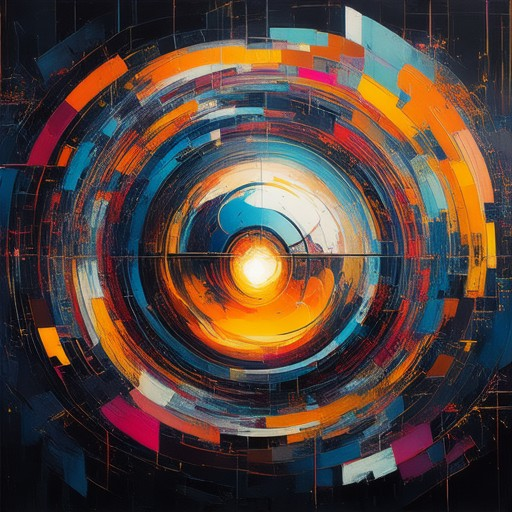
What Innovative Techniques Define Experimental Beats in Hip Hop?
Experimental beats in hip-hop are redefining the boundaries of music production, blending traditional rap elements with avant-garde audio techniques. Here are some cutting-edge methods that characterize this genre:
- Sample Manipulation: Producers often take familiar sounds and twist them into something entirely new. This could involve pitch shifting, reverse engineering, or layering samples to create unique textures.
- Live Instrumentation Integration: Beats made entirely from live instruments, such as live drums, basslines, or even full orchestras, are becoming increasingly popular. This approach adds organic warmth and depth to tracks.
- Beat Chopping and Re-editing: Artists take existing tracks, chop them into smaller sections, and reassemble them in unexpected ways to create dynamic and unpredictable rhythms.
- Sound Design and Layering: Experimental producers spend hours crafting custom sounds using synthesizers, effects pedals, and digital tools. These sounds are then layered to create complex, multi-dimensional tracks.
- Collaborative Sampling: Collaborating with visual artists, filmmakers, and musicians from other genres inspires fresh approaches to sampling and arranging beats.
- Modular Synthesis: Using modular synths allows producers to create otherworldly sounds that defy conventional production techniques. This method is particularly popular among forward-thinking artists.
These techniques push the boundaries of hip-hop production, often resulting in sounds that feel futuristic yet deeply rooted in the genre’s rich history. Platforms like Abstract Hip Hop showcase these innovations, highlighting the evolution of experimental beats in modern music.
Conclusion: Experimental beats in hip-hop are not just about breaking rules—they’re about pushing creative limits and reimagining music in ways that inspire future generations. By embracing these innovative techniques, producers continue to redefine what it means to make beats in the hip-hop era.

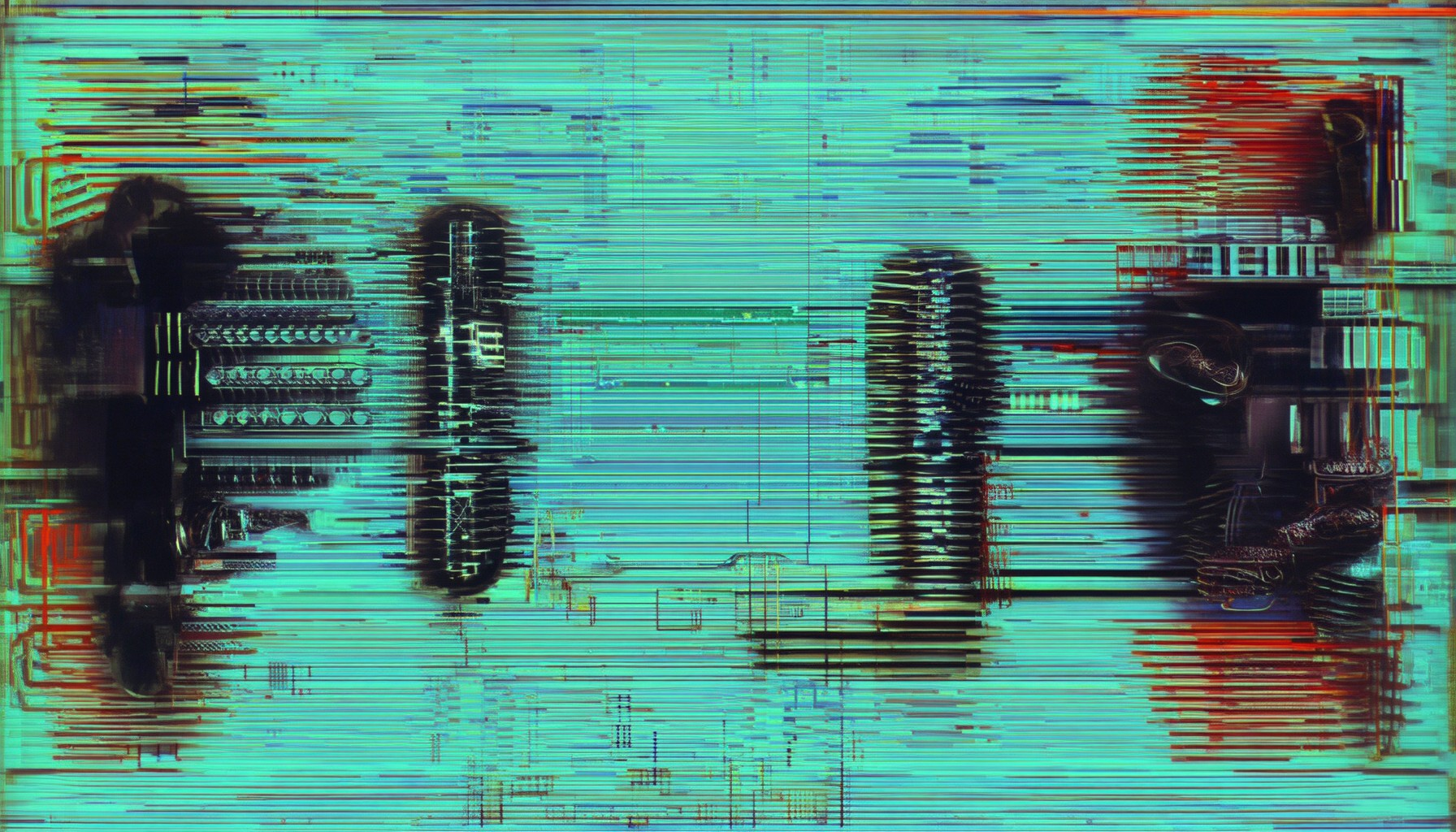
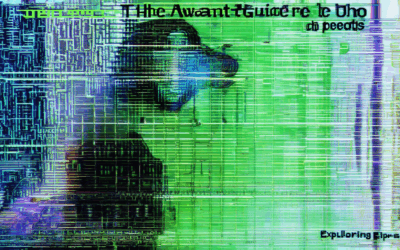
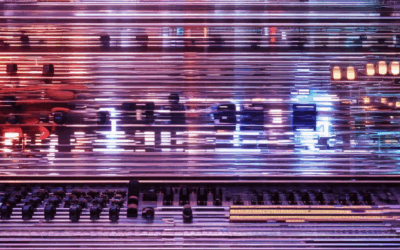

0 Comments